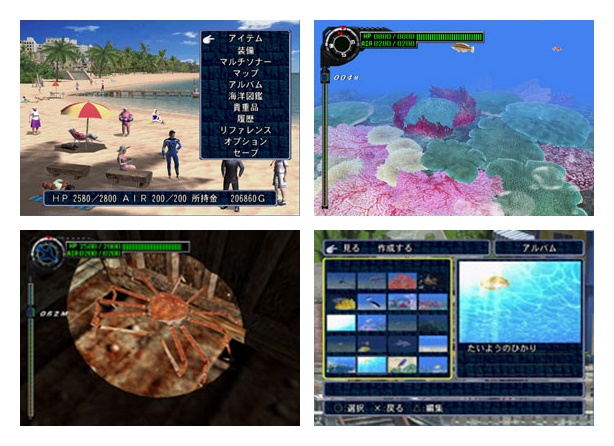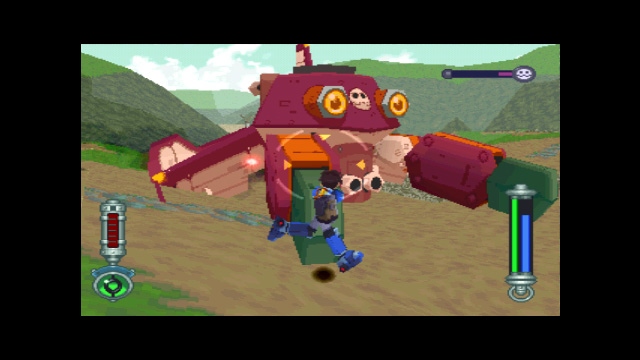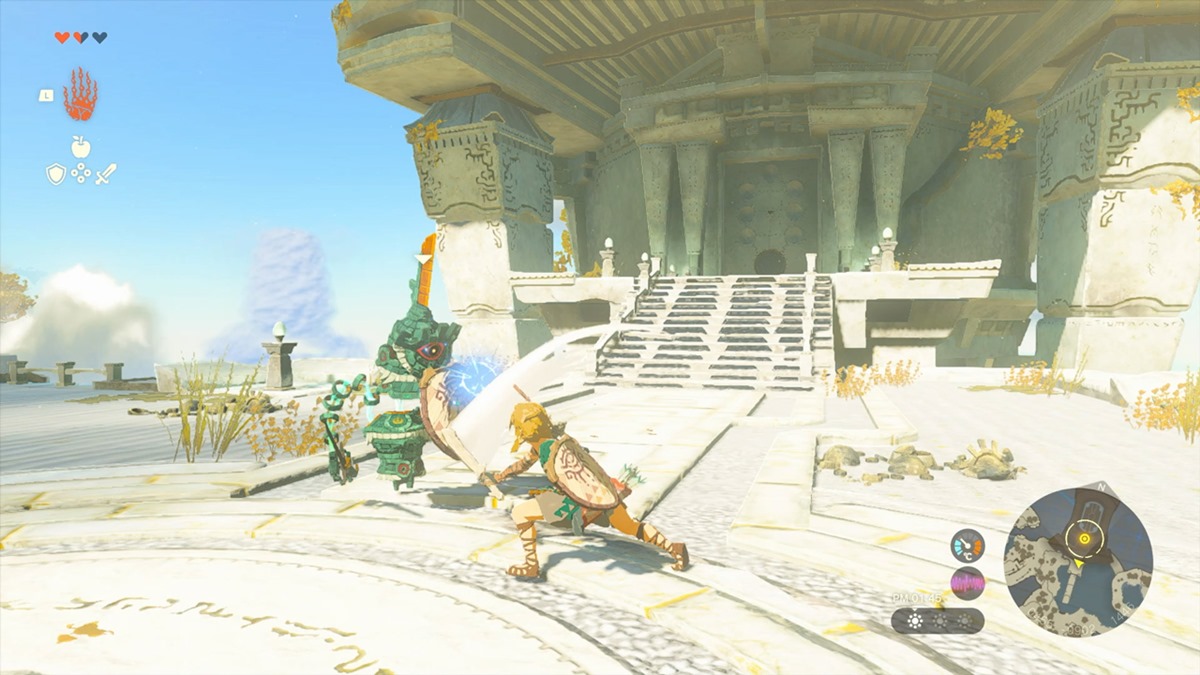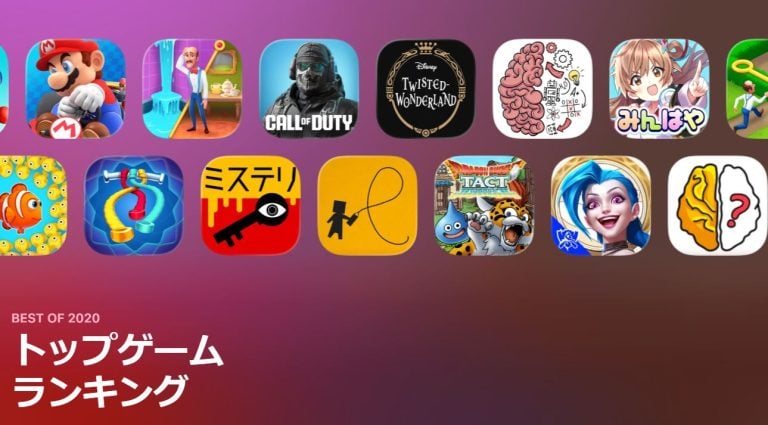An interesting game design question has been drawing attention on Twitter in Japan: In what way should you weaken a game’s protagonist in a sequel?
In video game sequels, it’s common for the protagonist of the previous game to once again take up that same role. One of the most recent examples of this is The Legend of Zelda: Tears of the Kingdom. However, in games such as RPGs, for example, the game system may require that the protagonist, who is at their strongest at the end of the prequel, be returned to a weaker state in the next game. But simply making the protagonist weaker for no apparent reason will most likely be scrutinized by fans: “What happened to all the experience points accumulated in the prequel?” “Where did all their equipment go?”
Twitter user @rods_skyfish provided a number of examples of various ways to weaken a protagonist in a sequel. Many users who saw the tweets then provided some examples of their own.
When a game’s sequel is directly linked chronologically and keeps the same protagonist, I think a really important point is in what way that protagonist is taken from their strongest state and returned to their weakest. If you do something like take away their equipment, can you do it in a natural, convincing way? I think it’s fun to look at the unique ways that different games do this; like “everything got blown away in the wind” or “it was all sold off by the protagonist’s companion.”
One example given by @rods_skyfish of a common way this is done is where the protagonist abruptly encounters some kind of misfortune which causes them to lose their abilities or possessions. The specifically mentioned titles were Everblue 2 and Mega Man Legends 2.
The protagonists who have things taken from them

Everblue 2 is the sequel to scuba diving game Everblue. The series uses a gameplay system where obtaining better gear improves your ability to dive. By the end of the first game, protagonist Leo is decked out in high-quality gear, but at the beginning of Everblue 2, he loses everything after diving into the sea to save a companion. This is the way that the developers decided to “weaken” him.

In Mega Man Legends 2, the heroine of the game, Roll, explains why all the equipment that you obtained in Mega Man Legends has been lost. According to her, she sold off MegaMan’s equipment in order to scrape together the necessary funds to upgrade their ship, the Flutter.
Although Mega Man Legends 2 was released for the original PlayStation, it’s packed with voice acting, and Roll is voiced by Keiko Yokozawa in the Japanese version. When Roll apologizes for selling off MegaMan’s stuff, both he and players of the prequel are sure to succumb to her beautiful voice. Another example of this kind of protagonist weakening can be found in the Kingdom Hearts series, where it’s practically treated as a routine occurrence for the protagonist, Sora, to lose his abilities.
Some sequels don’t weaken the protagonist at all
On the other hand, some games go the route of keeping the protagonist in the exact state they were in at the end of the prequel. A good example of a game that does this is Atelier Sophie 2: The Alchemist of the Mysterious Dream, where the protagonist Sophie starts the game at level 20—the maximum level you can reach in the prequel. In other words, you begin the sequel with all the levels and experience you acquired while playing the previous game.
There are also games like Arc the Lad II, where a wide range of data, including your characters’ stats, can be retained by transferring your save data from the prequel.
Some recurring protagonists are actually different people each time
Another method described by @rods_skyfish is to use protagonists that have the same name and bear a close resemblance but are actually different people. Some prominent examples of this are Ryu from the Breath of Fire series and Link from The Legend of Zelda. Doing it this way allows the developers to reduce the strange feeling of a character’s abilities being reset, while also maintaining the aspects of the character that appealed to players in the first place.

Regarding Link, there are times when the “same” Link appears in a sequel. For example, the Link in The Legend of Zelda: Tears of the Kingdom is the same person as the Link in the prequel, Breath of the Wild. At the beginning of Tears of the Kingdom, there is a scene where Link’s abilities are greatly diminished when he is attacked by an evil power known as Gloom. However, collecting Lights of Blessing will gradually purify the evil within Link and allow him to regain the health and stamina that he lost. The developers provide a reason that Link was weakened but also give you a way to restore his former strength. This seems like a good example of how to weaken the protagonist without it feeling off-putting.
These are just some of the different ways that developers try to address the strange feeling of the protagonist suddenly becoming weaker in a sequel. For games that don’t feature character levels or equipment, it’s a lot easier to bring over a character to a sequel as they are, but for those that do, the developers must decide whether they want to find a way to mitigate the odd feeling of losing everything you obtained in the prequel or to keep the character in their powerful state and balance the game around that. You could say that it’s one aspect where they can show off their skills as creators. Appreciating the ingenuity found in this aspect of game design is just one of many sources of enjoyment waiting to be found in video games.
Written by. Marco Farinaccia based on the original Japanese article (original article’s publication date: 2023-05-15 17:39 JST)





